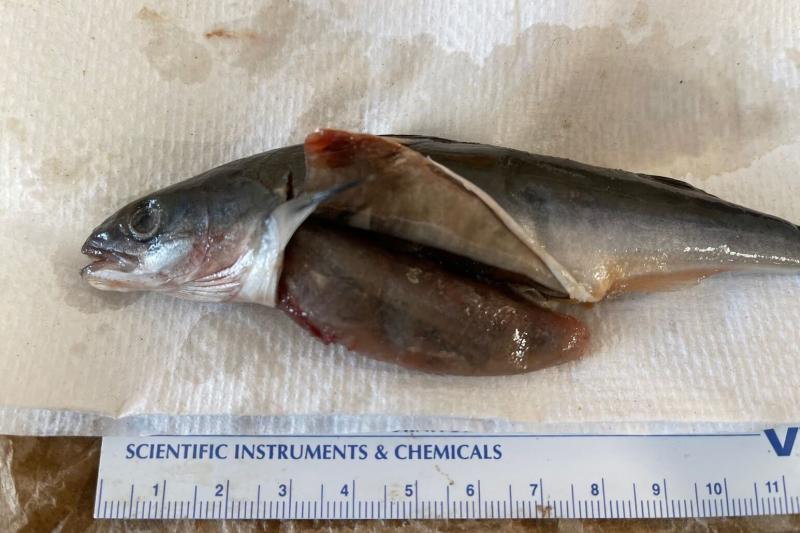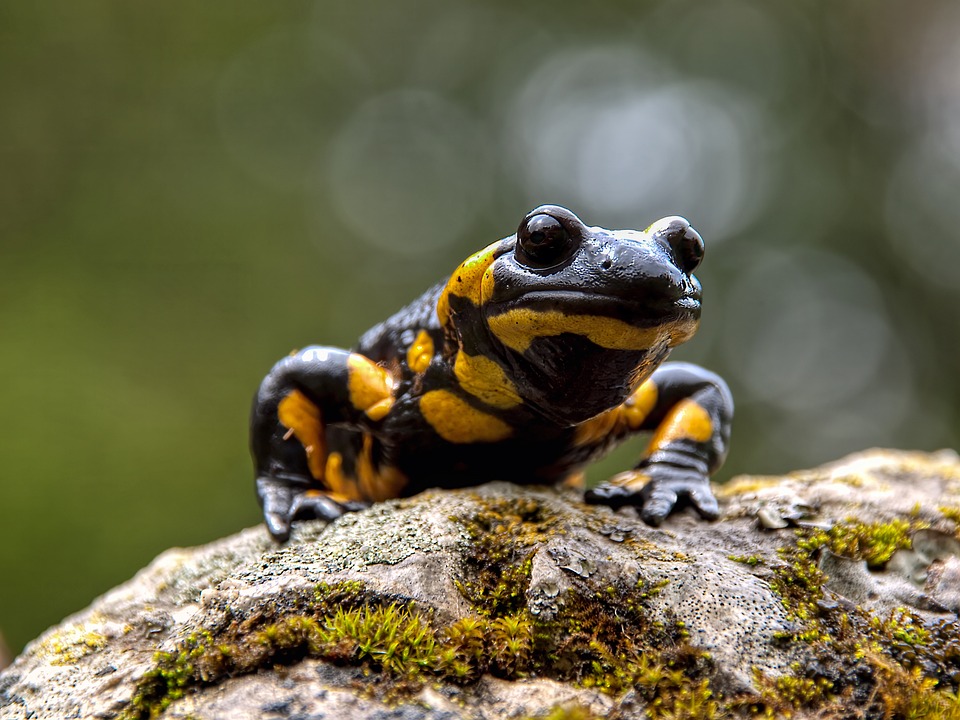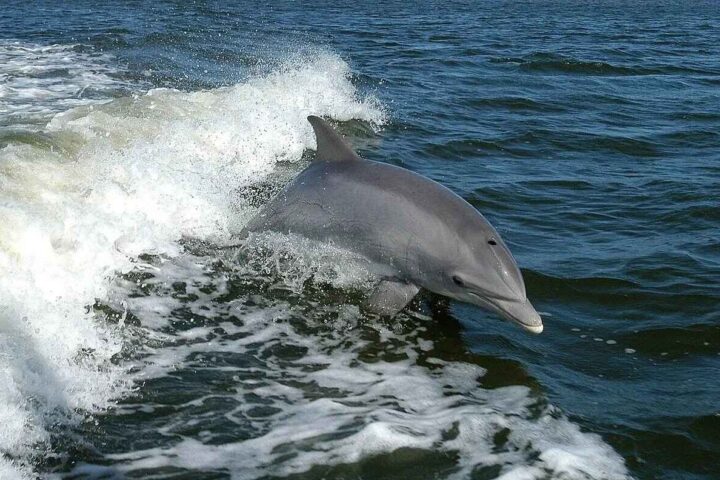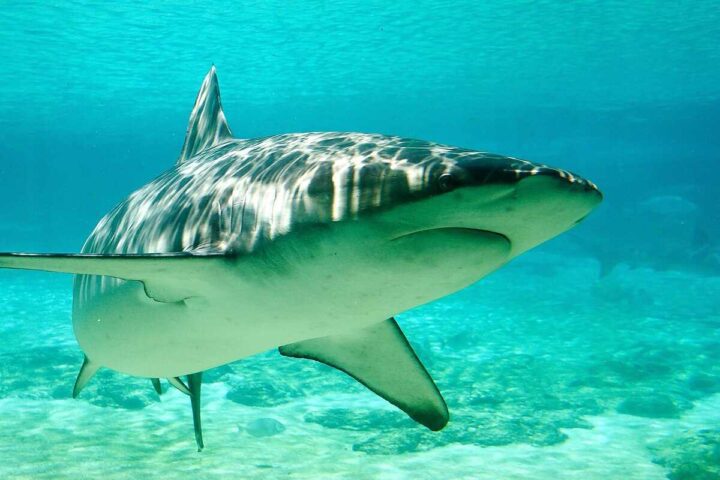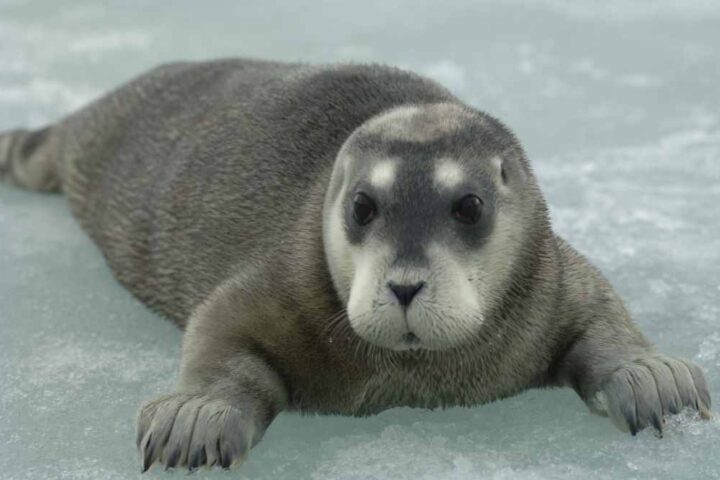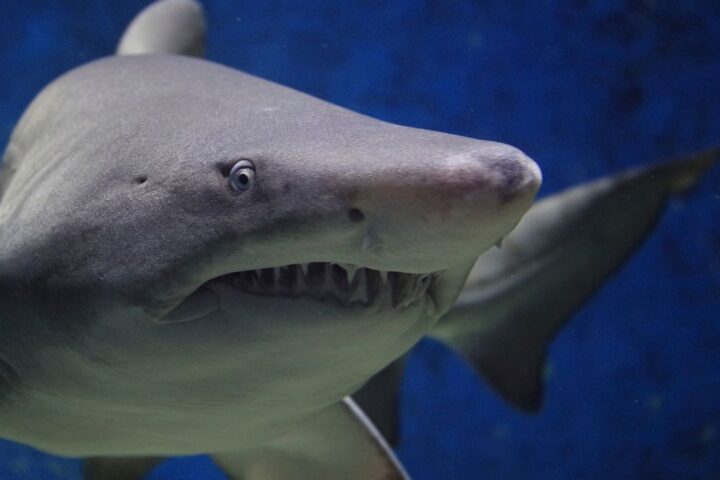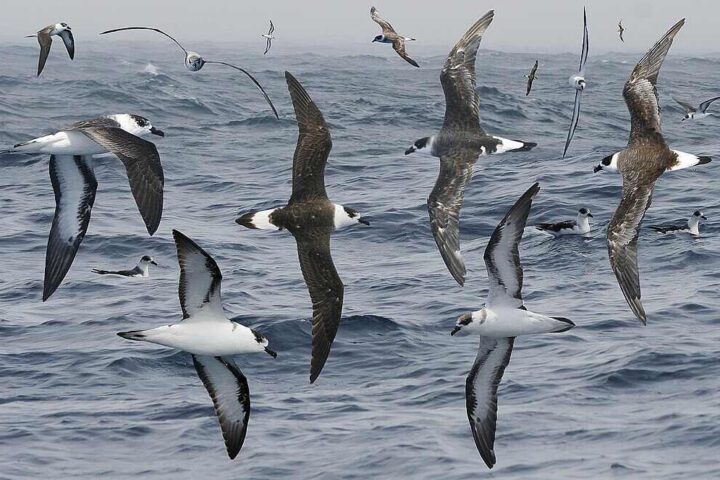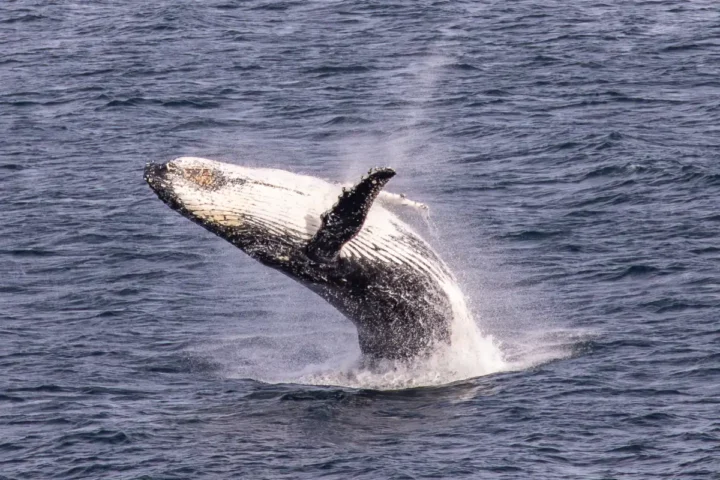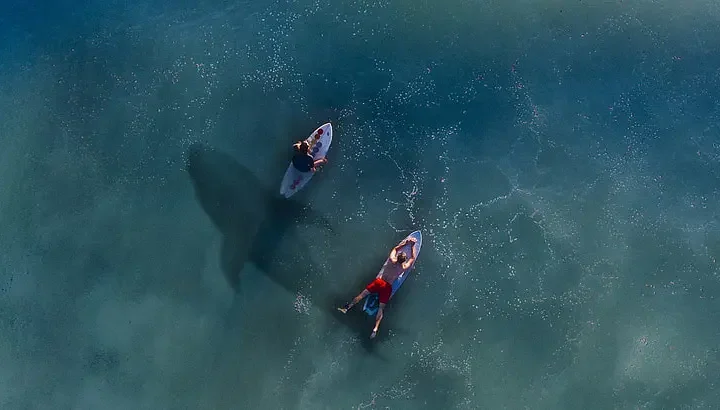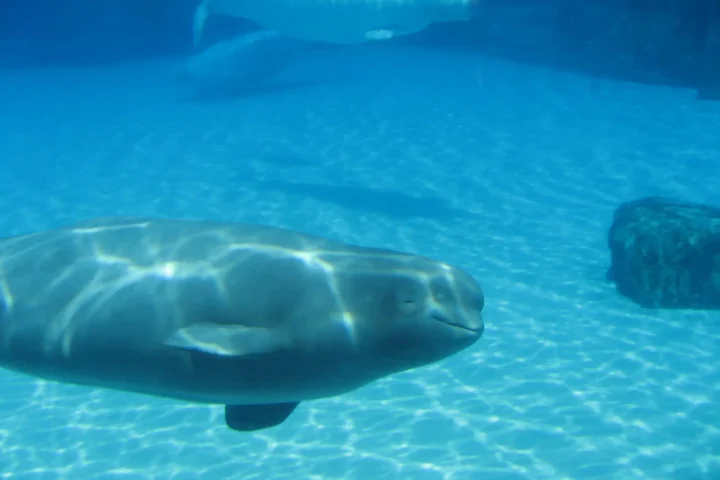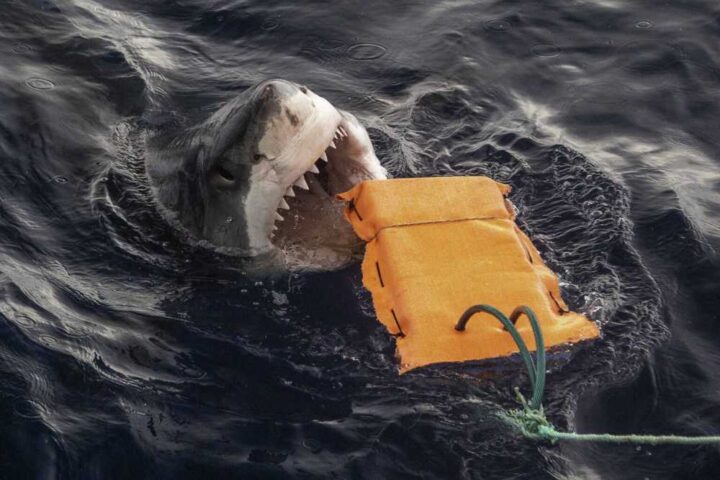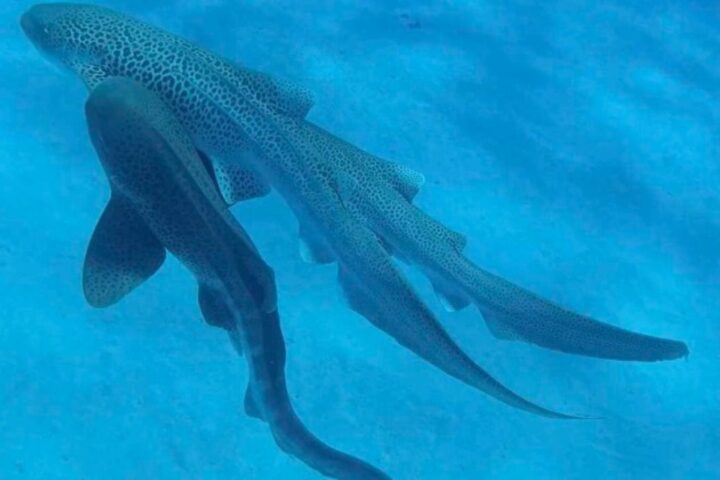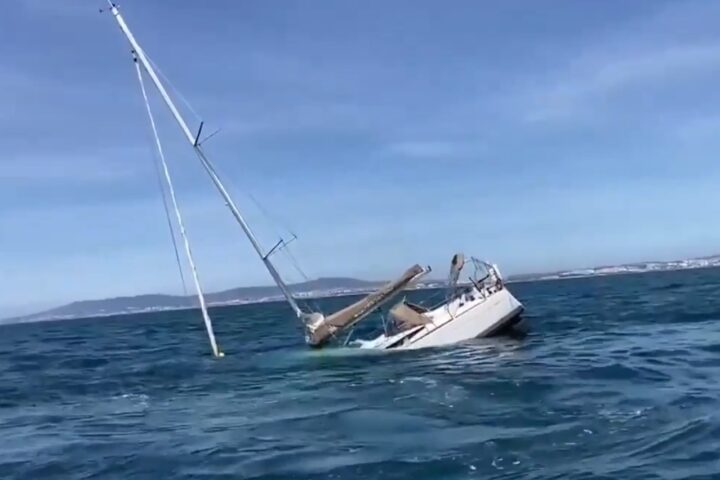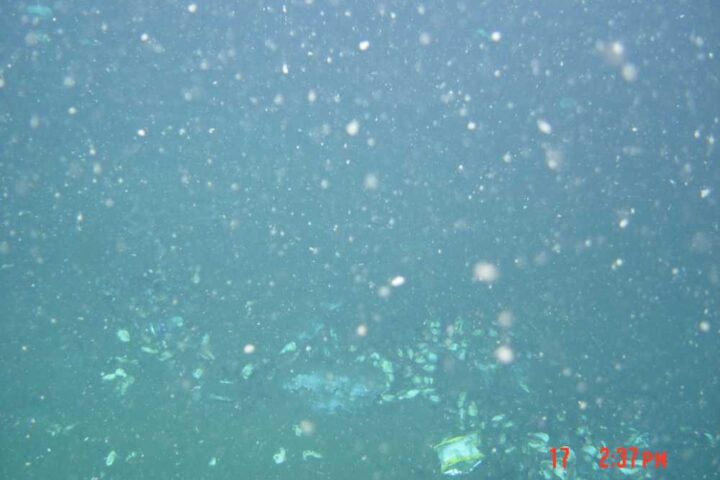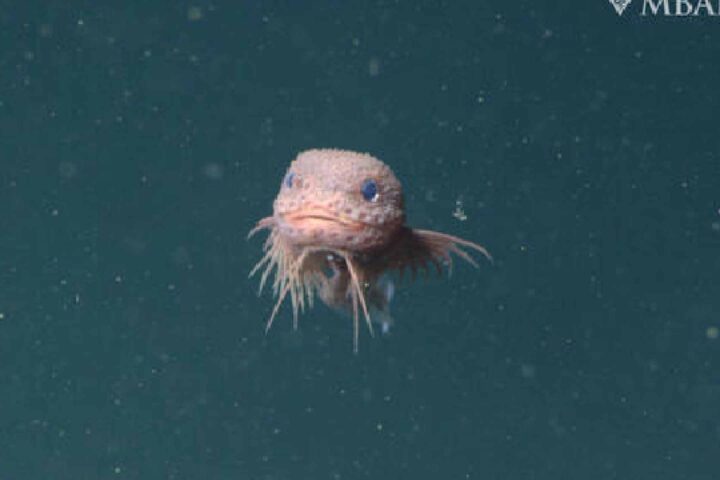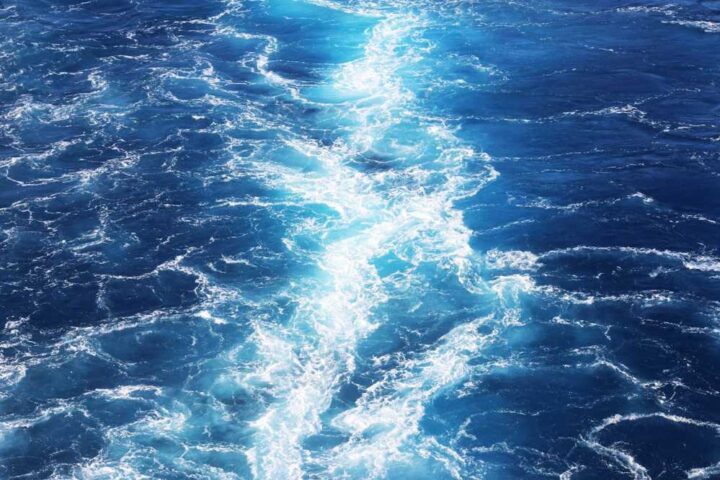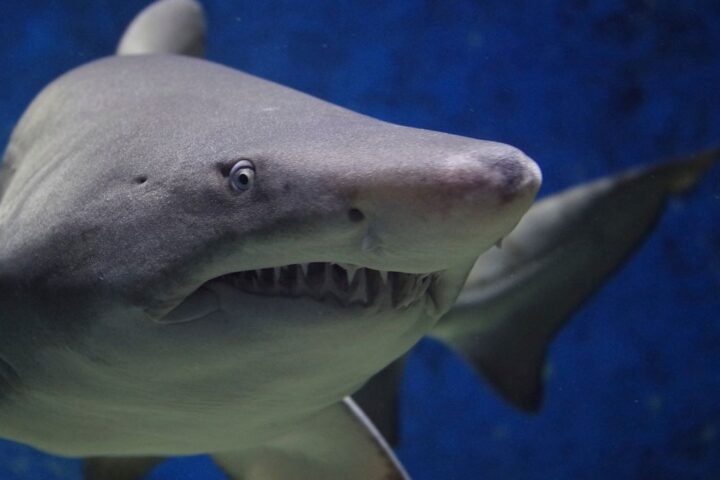Climate change has brought increasing numbers of juvenile sablefish to the Northwest coast’s waters, creating problems for young salmon. Over the past 20 years, large numbers of juvenile sablefish have moved into coastal waters from central Oregon to northern Washington, competing with salmon for food during a crucial stage of their life.
“They are around the same size as juvenile salmon, but they can eat bigger prey and much more prey than salmon can at the same size,” explains Elizabeth Daly, an ecologist with the NOAA-Oregon State University Cooperative Institute.
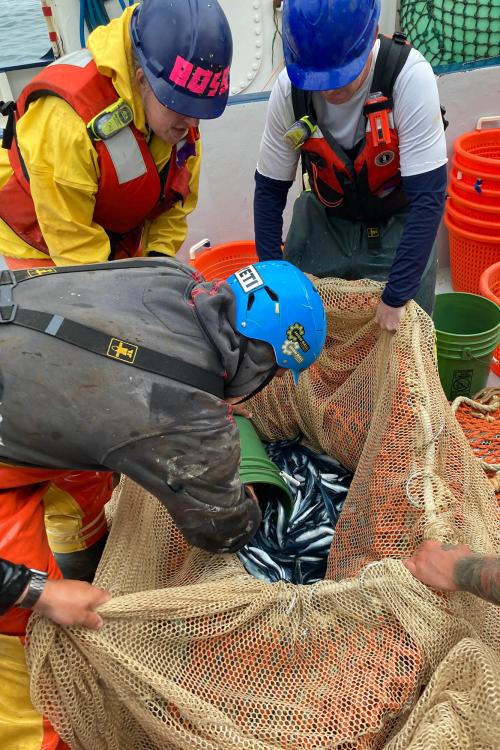
The numbers tell a concerning story. In 2020, juvenile sablefish vastly outnumbered salmon in these waters – they were four times more numerous than young Chinook salmon and 13 times more numerous than coho salmon. When researchers examined their stomachs, they found sablefish eating several times more krill than yearling Chinook salmon.
This competition comes at a particularly vulnerable time for salmon. Young salmon need to eat well and grow quickly when they first enter the ocean to survive. The warming ocean temperatures that brought sablefish to these waters could make food even harder to find in the future.
Similar Posts
Brandon Chasco, a research scientist with the Washington Department of Fish and Wildlife, observed a direct impact: “When sablefish were there, juvenile salmon ate less.” Scientists aren’t sure if sablefish are disrupting salmon’s feeding or if salmon are avoiding them as potential predators.
The timing of this new competition couldn’t be worse for salmon. They’re already facing challenges from warming ocean temperatures, which typically reduce their survival rates. While this might spell trouble for salmon, sablefish could actually benefit from these changes, potentially growing their population as more juveniles survive in coastal waters.
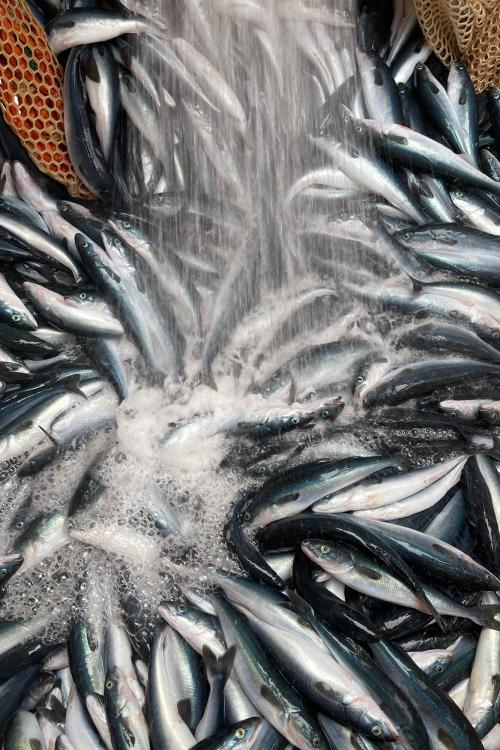
Fishermen have recently noticed this shift, reporting catches of smaller adult sablefish – likely the result of more juveniles successfully joining the population. As Daly puts it, “Regardless of what happens to the sablefish, we know they are increasingly competing with salmon in these waters.”
The research shows how climate change can create unexpected challenges for marine life, reshaping long-established patterns in our oceans.
